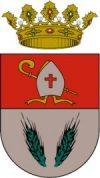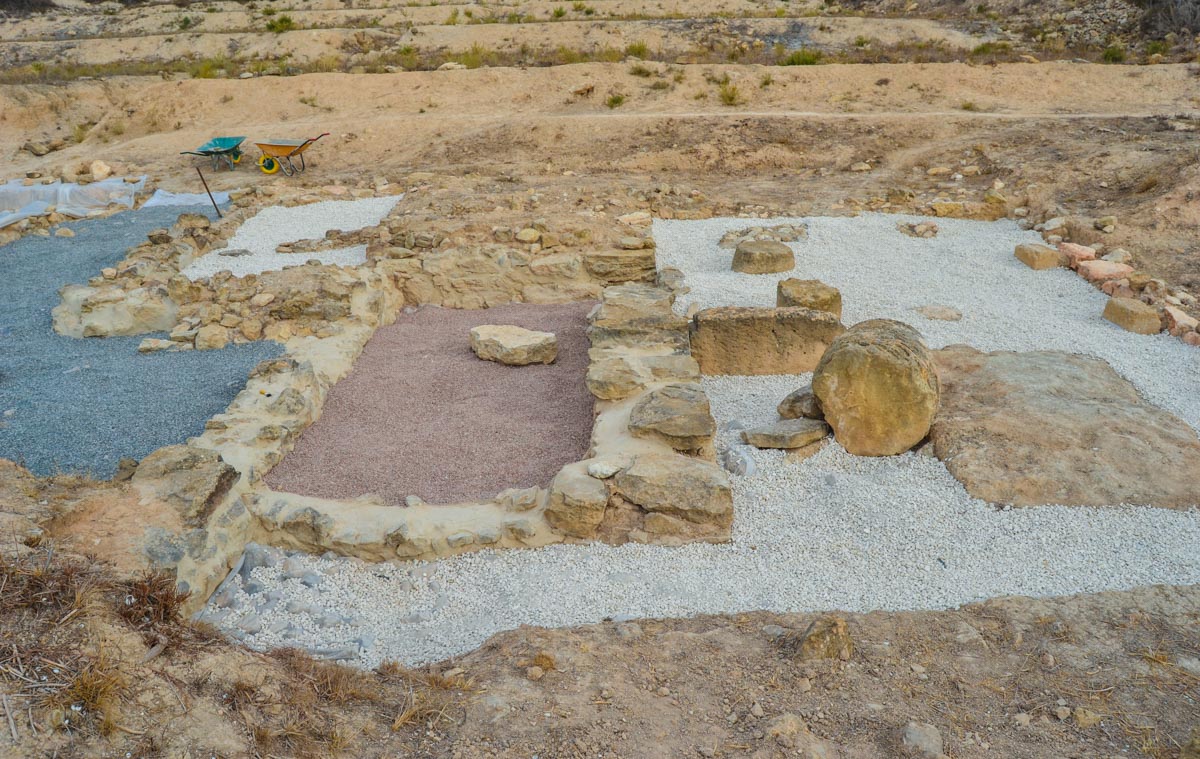The deposit has an estimated extension of 2.5 Ha and only a minimal part has been excavated. It is located on a slope at 7-14 m above sea level, just on the edge of what would be a large lagoon, standing in front of Cabezo Lucero and Cabezo Soler in a southerly direction.
The surface of the same has been remarkably modified by work of pounding of the land for its agricultural use, and the construction of irrigation systems, with a cistern in the highest part. All these actions have removed the terrain and brought forth abundant pottery that allows us to estimate the great extent of the deposit. Today, it is possible to observe what remains of the excavation carried out by L. Abad in the 80s. In the vicinity, the building excavated by Solveig Nordström in the 60s, which was interpreted as an Iberian temple, with some walls and remains of shafts. The tastings show that the level of the architectural remains is quite deep.
Among the materials obtained, Iberian ceramics with geometric decoration stand out, kitchen ceramics, Iberian jugs with vegetal decoration, amphora fragments of Punic and Italic tradition, and ceramic fragments of red figures and black varnish, of Greek origin. Lorenzo Abad proposes that the abandonment of La Escuera would take place in the first decades of the 2nd century BC. C., and that would have to do with the development of the second Punic War.


